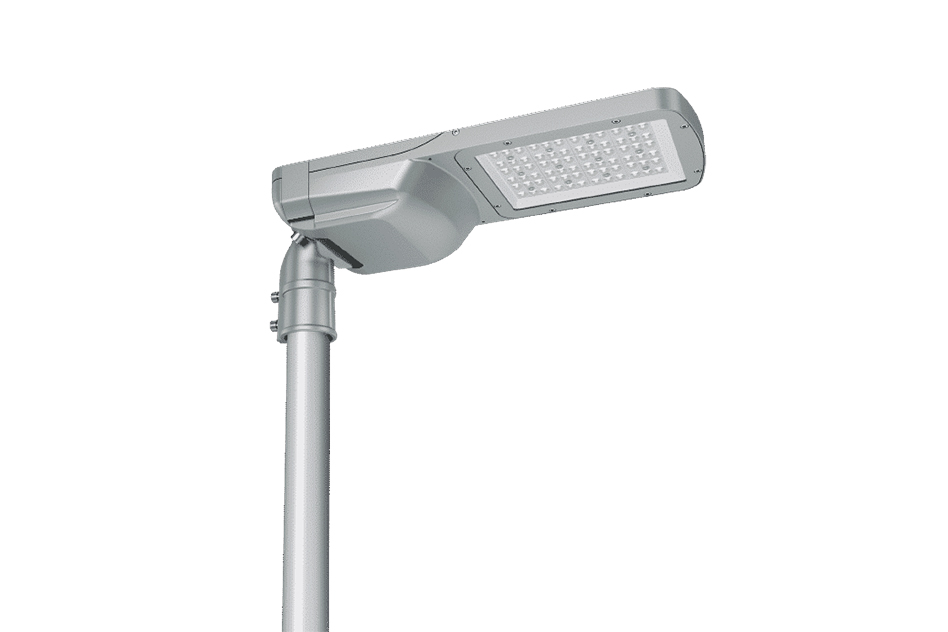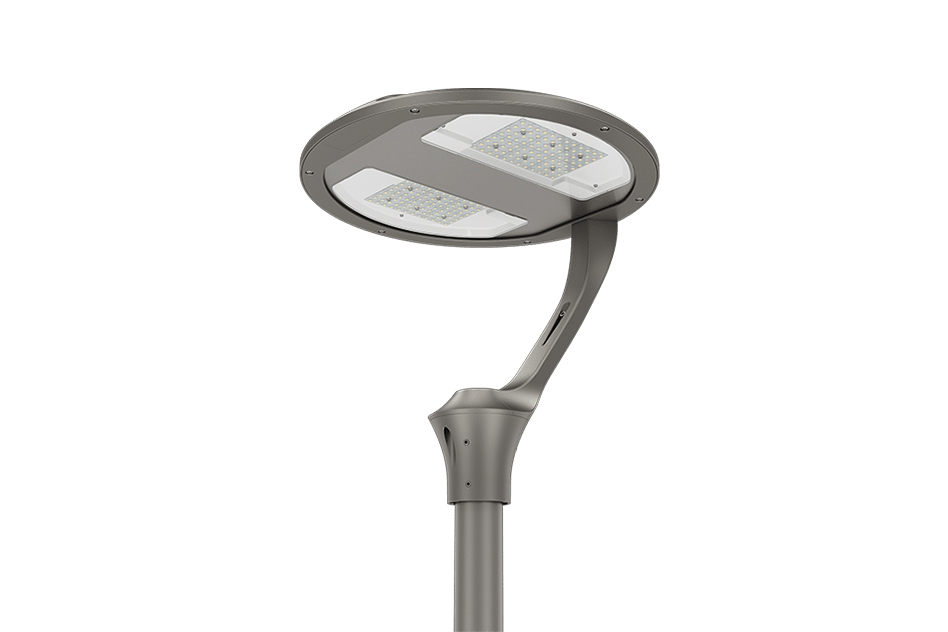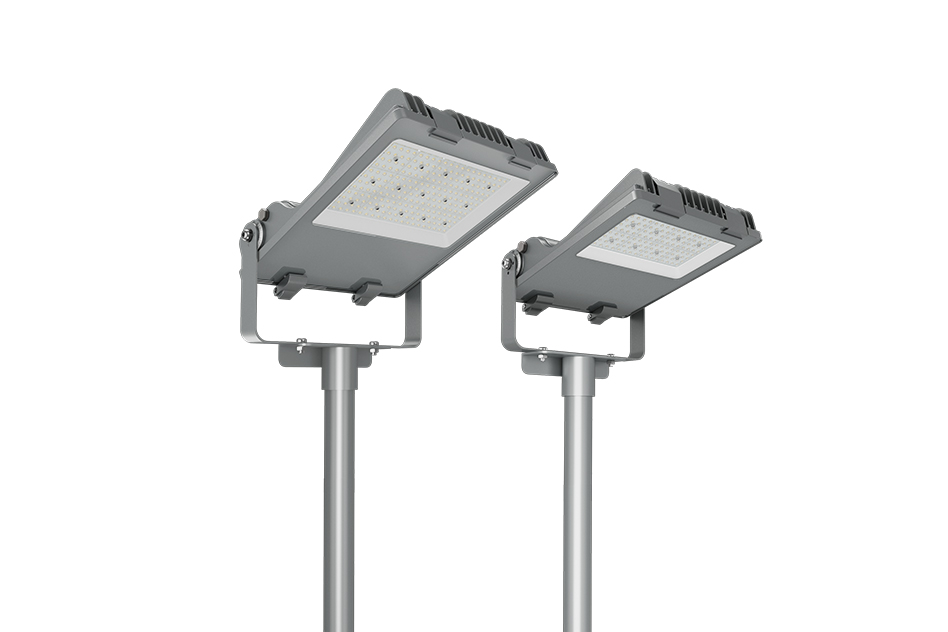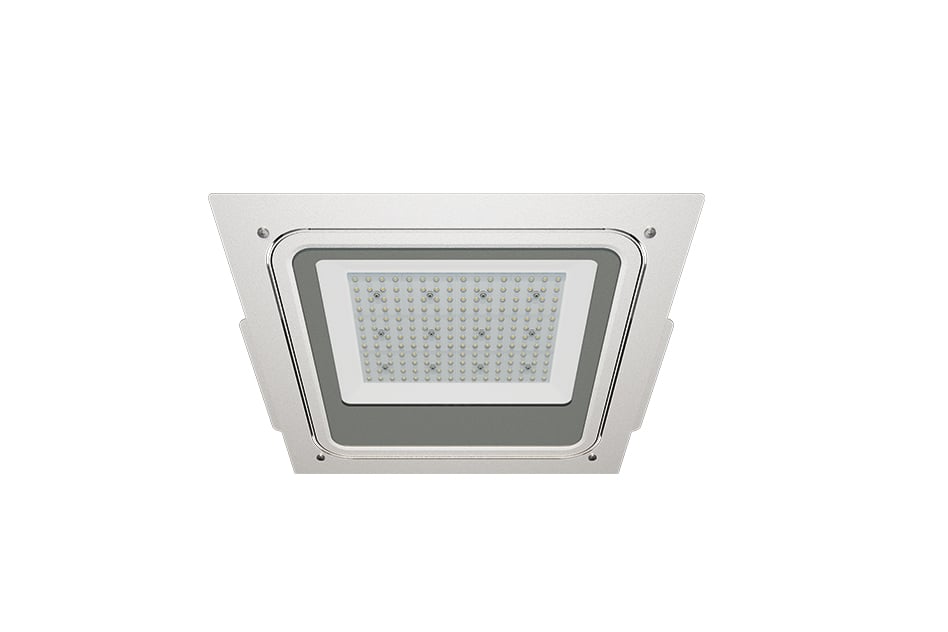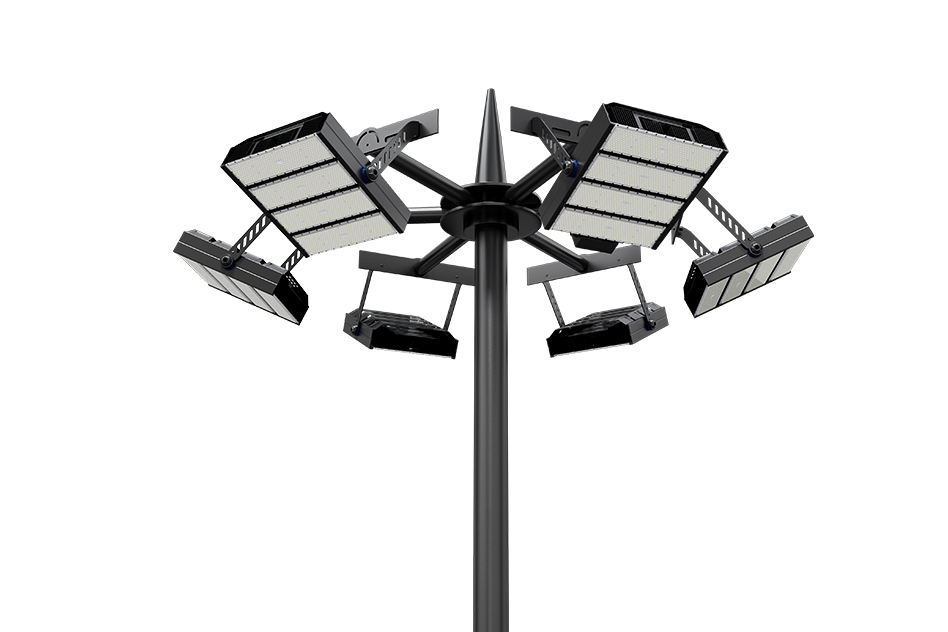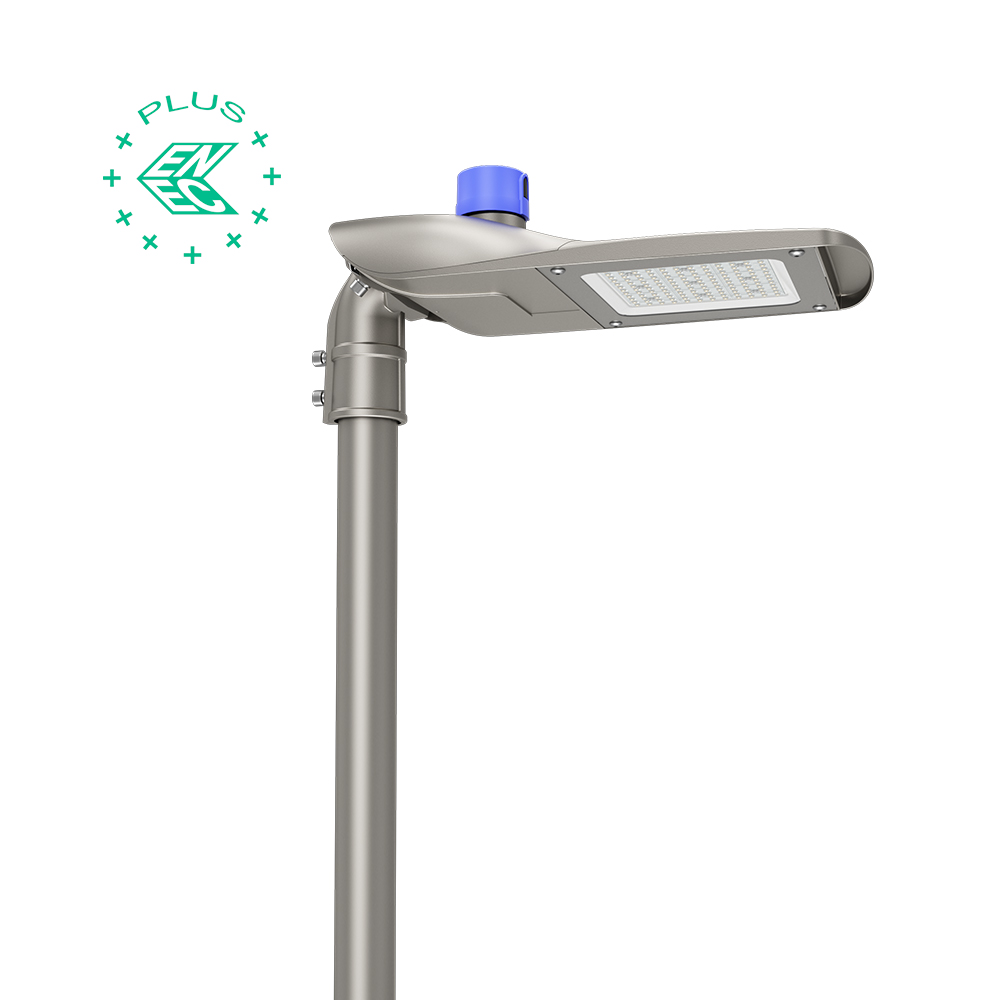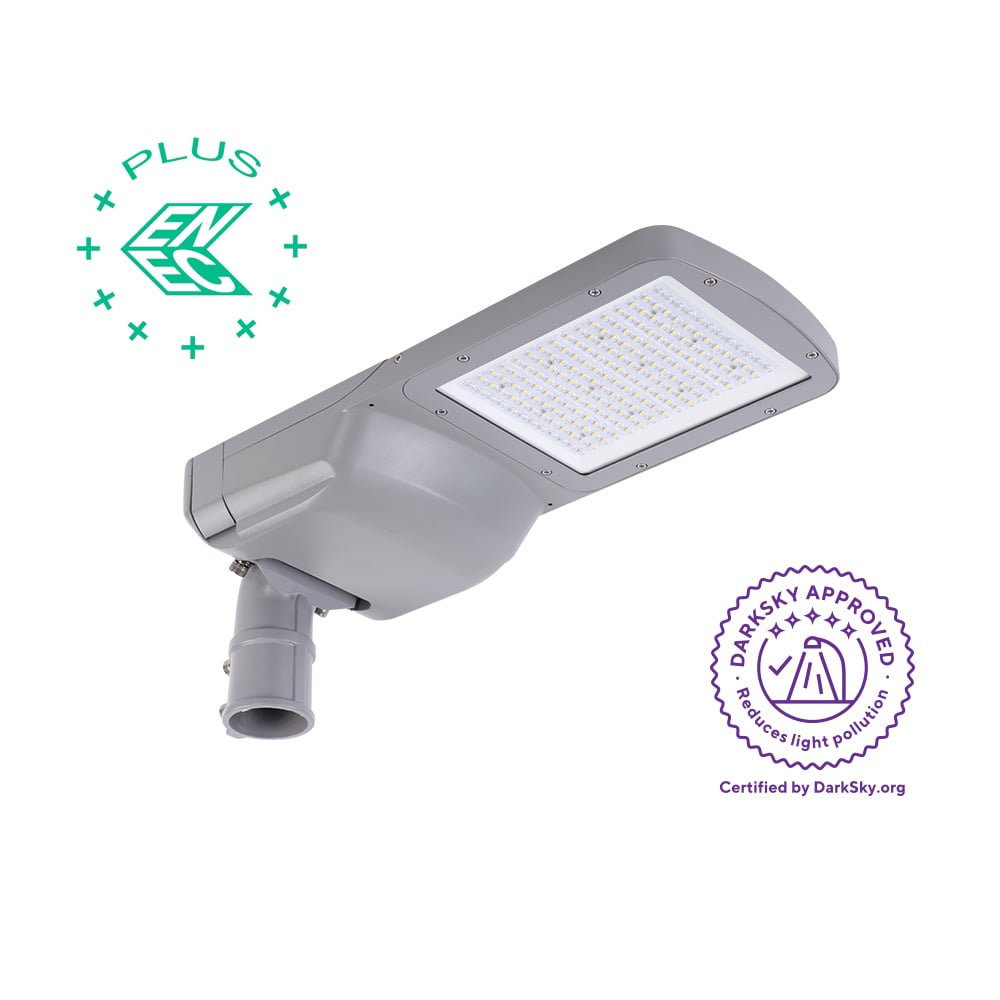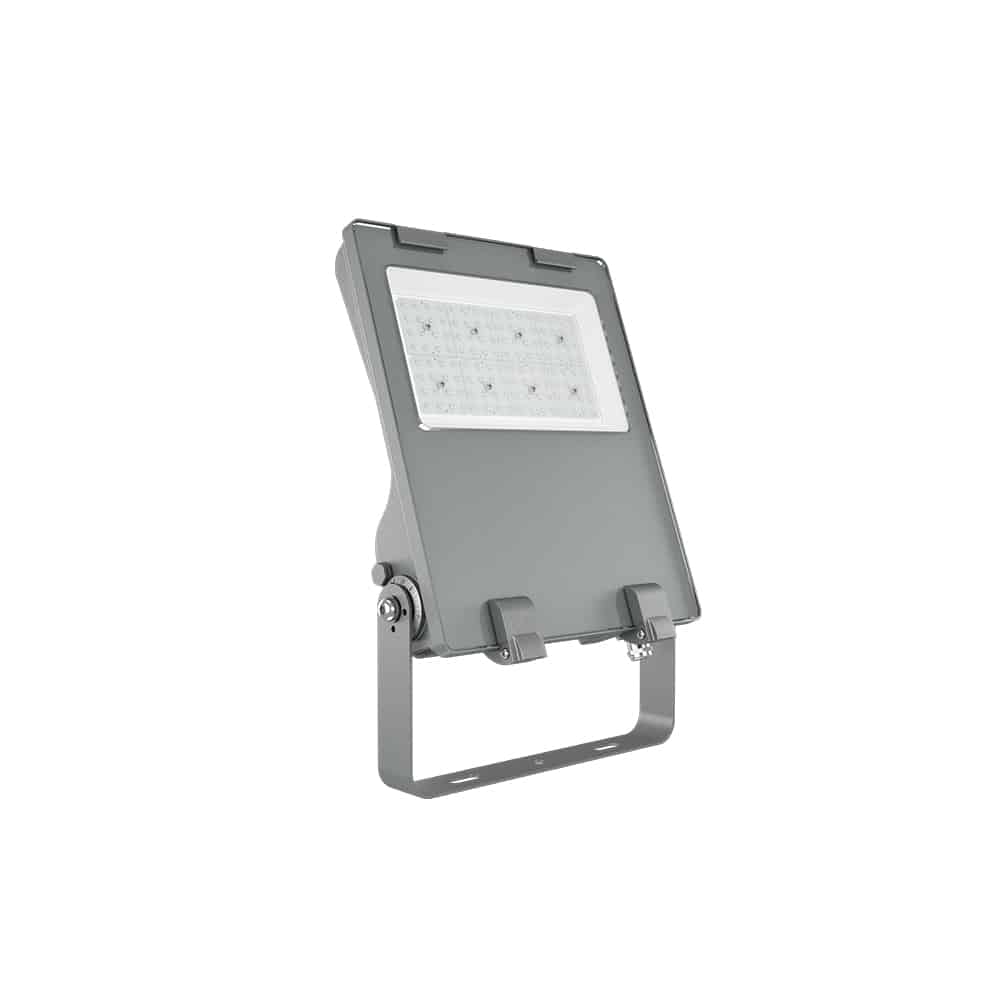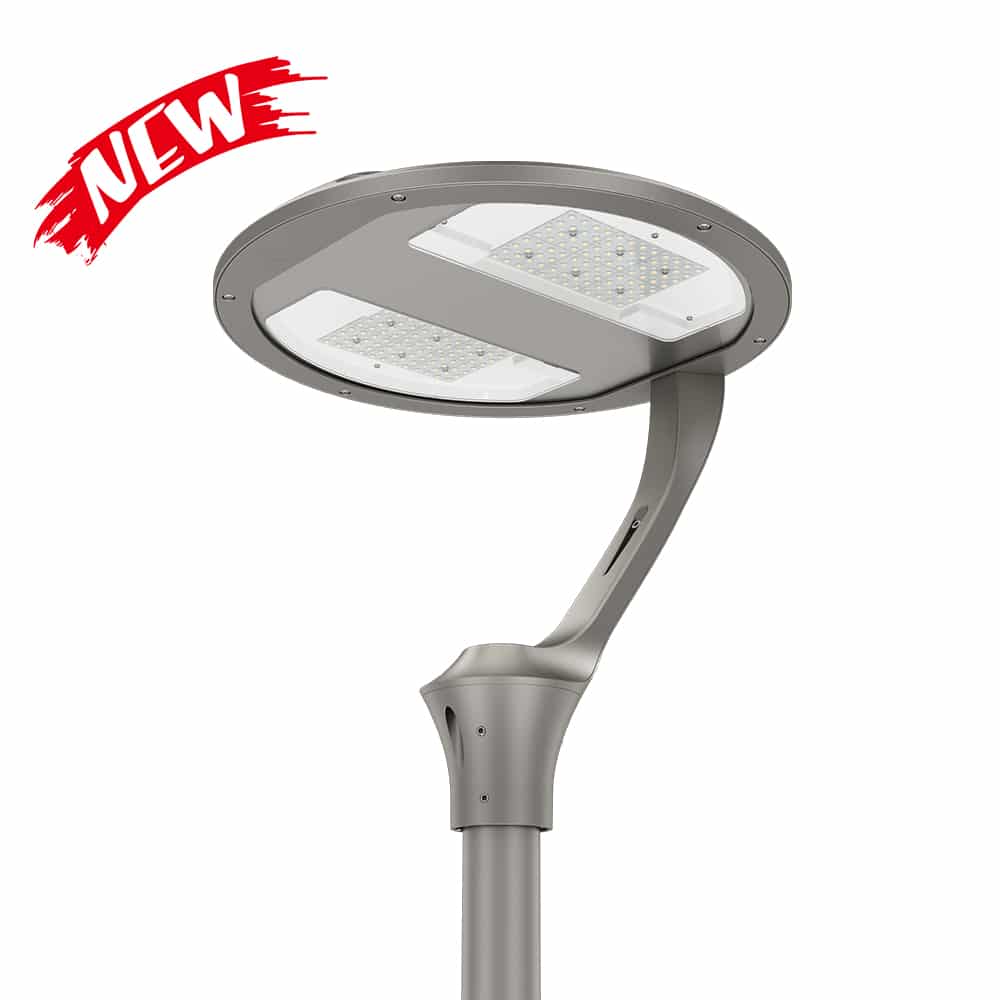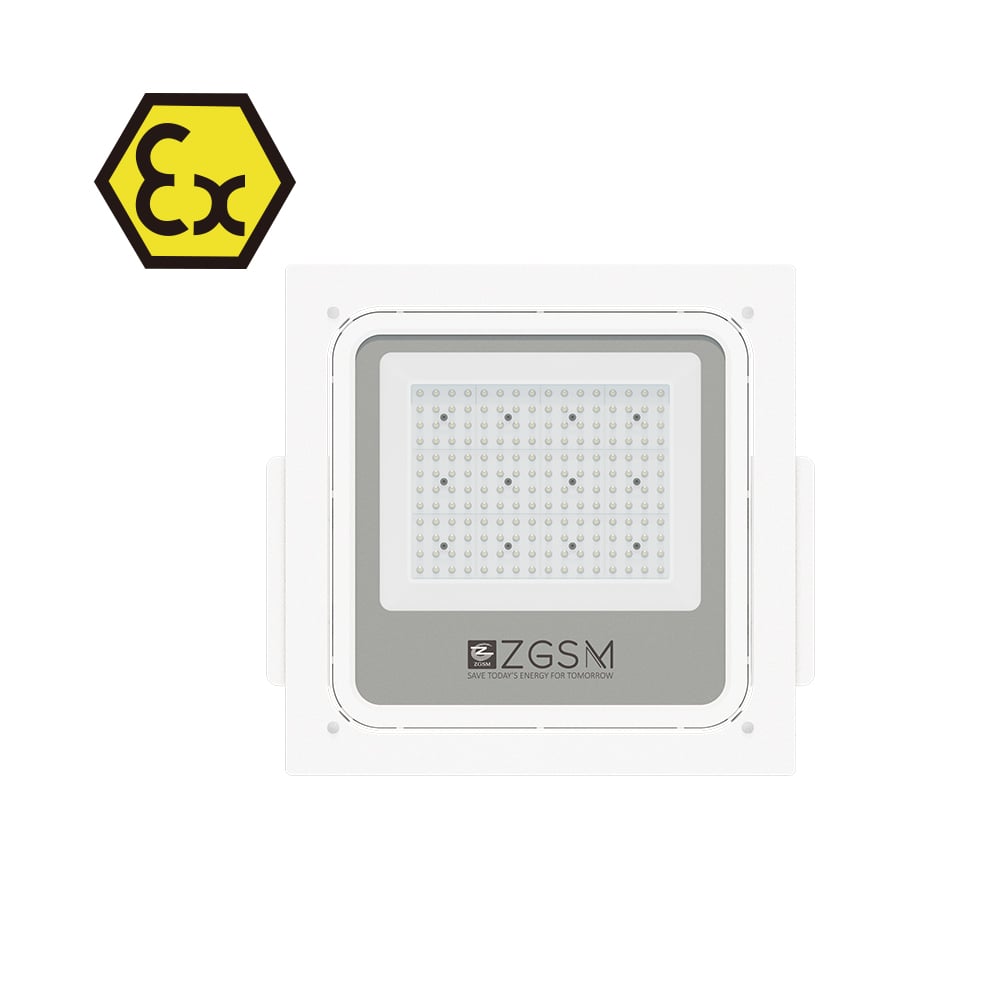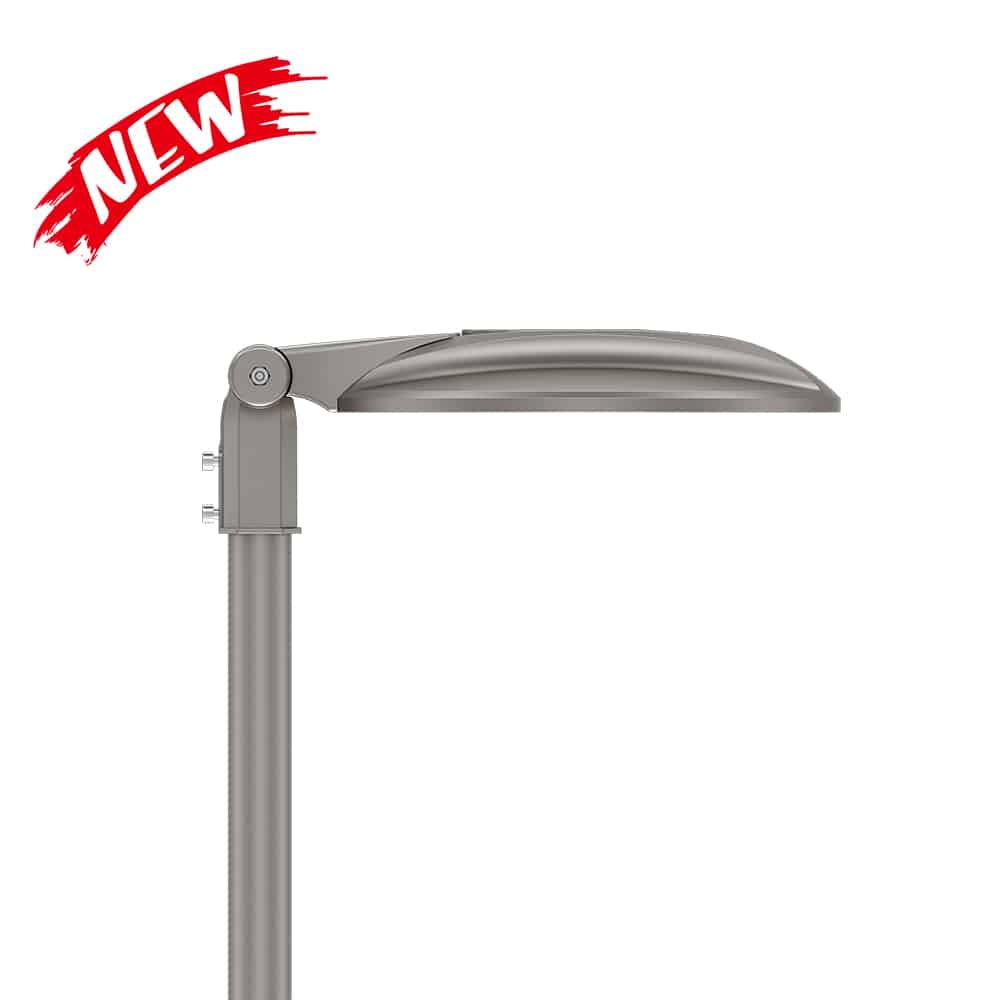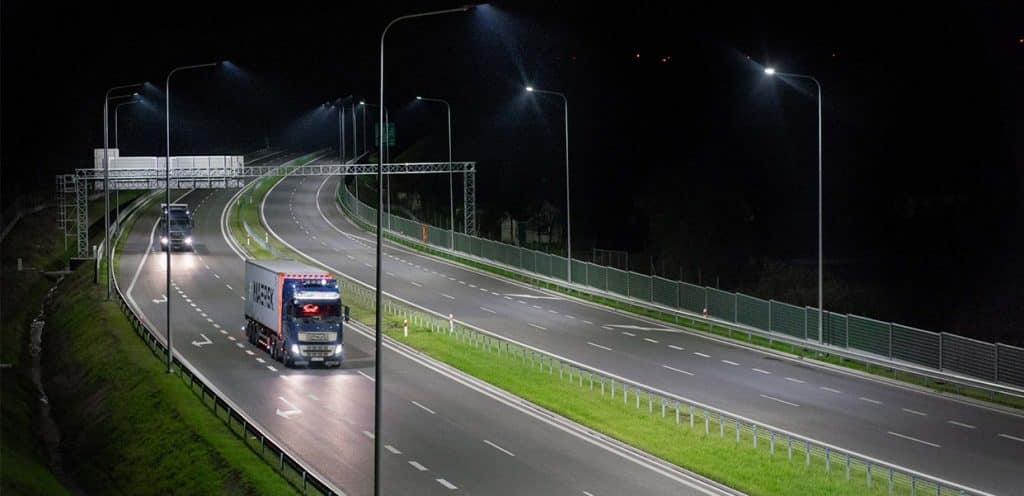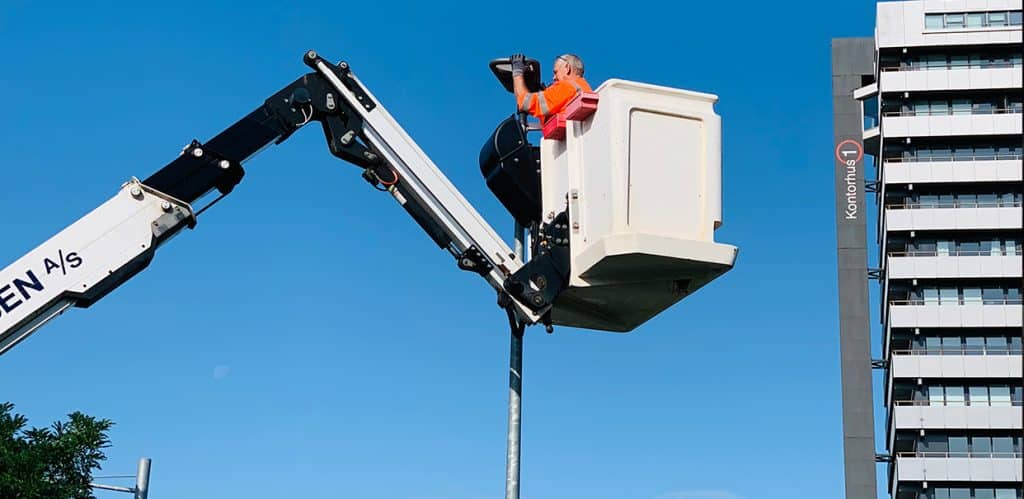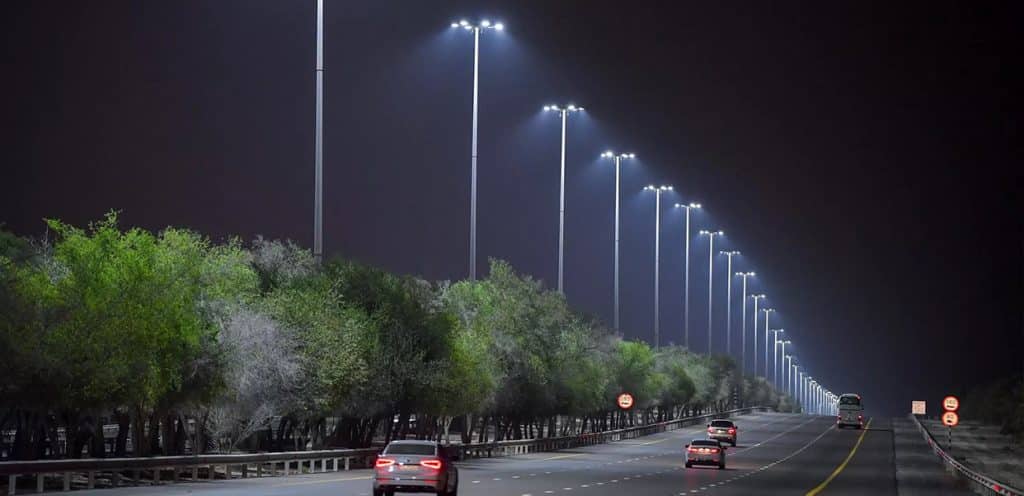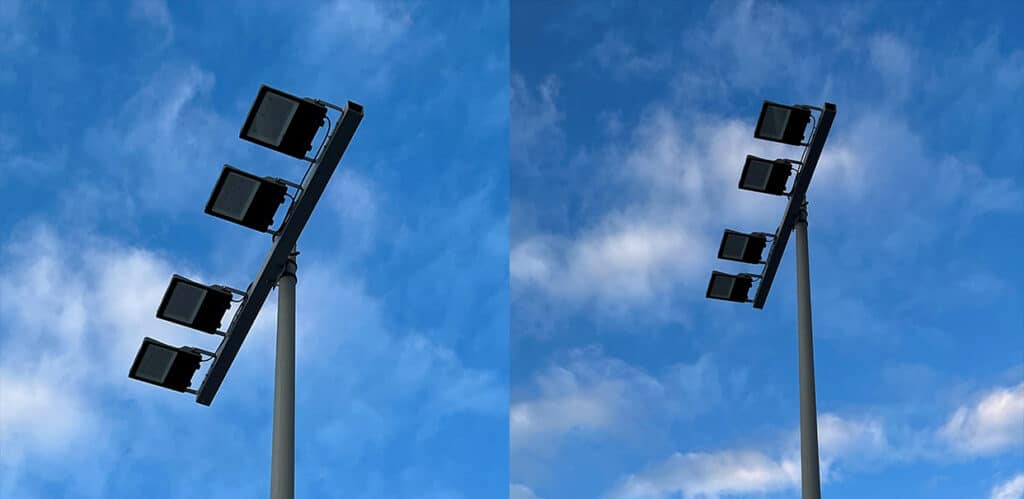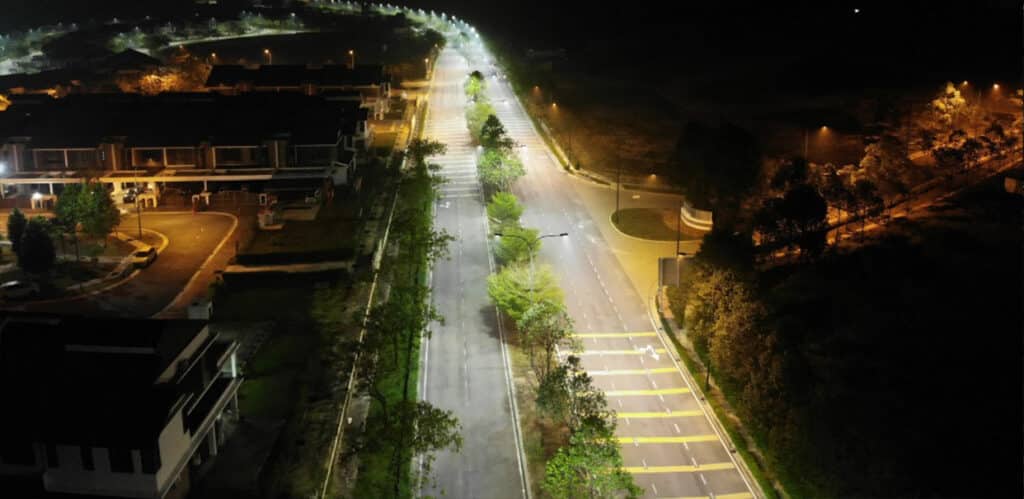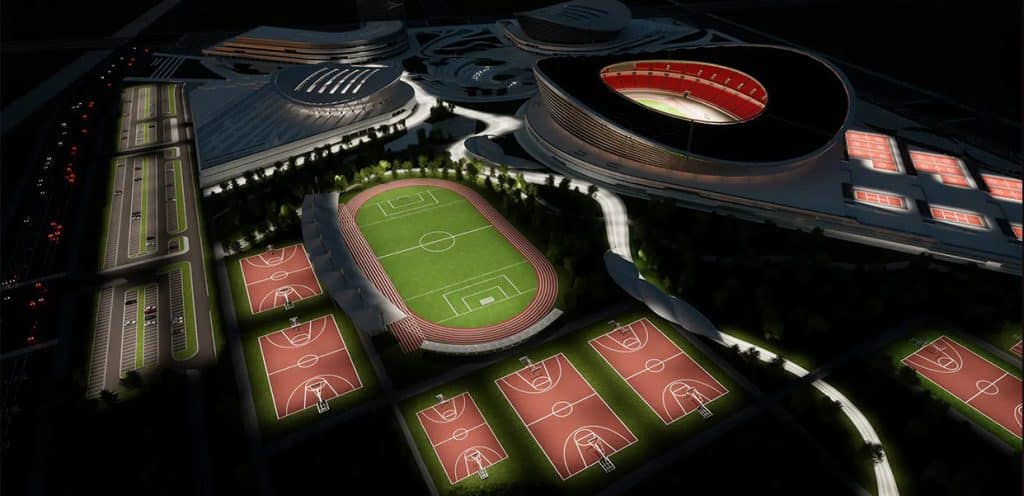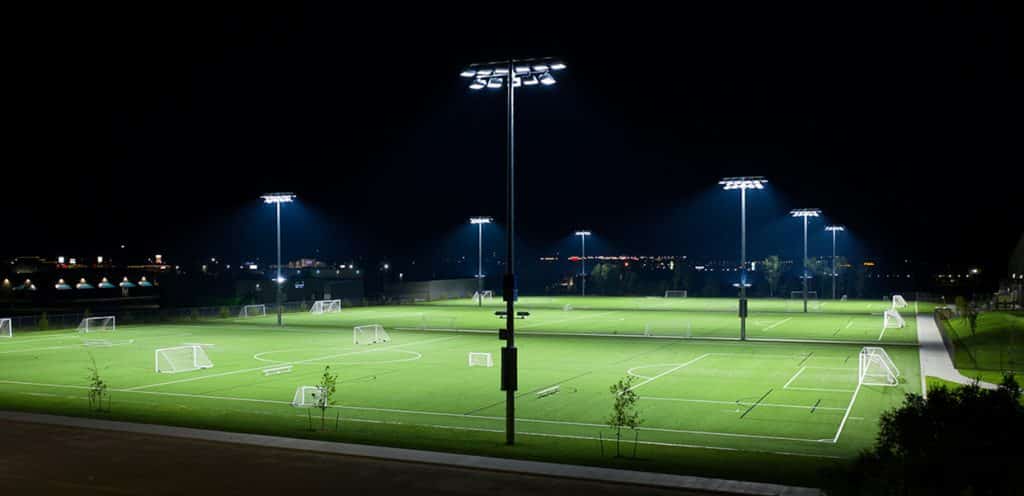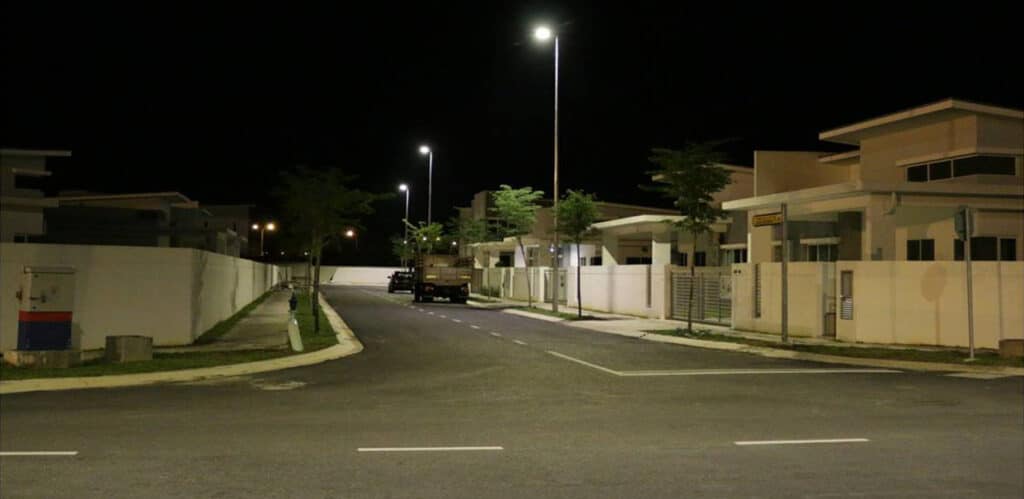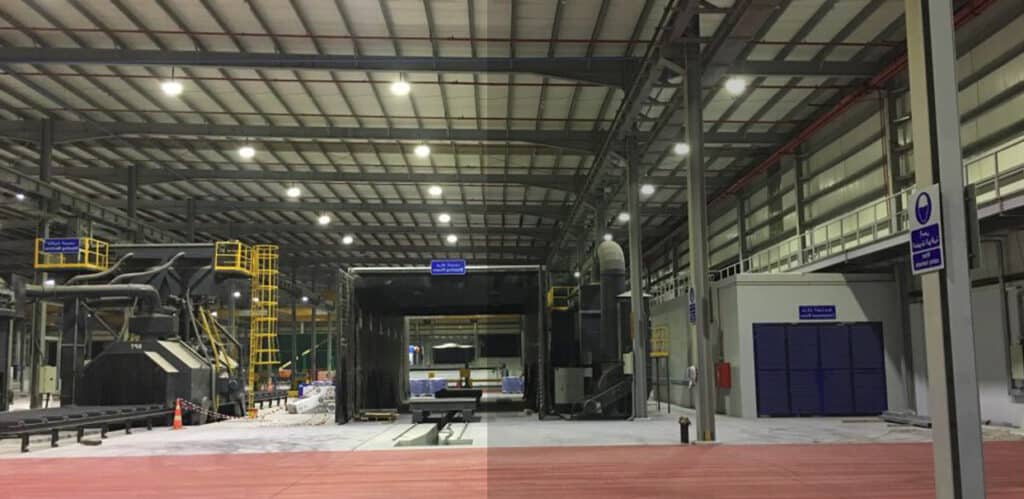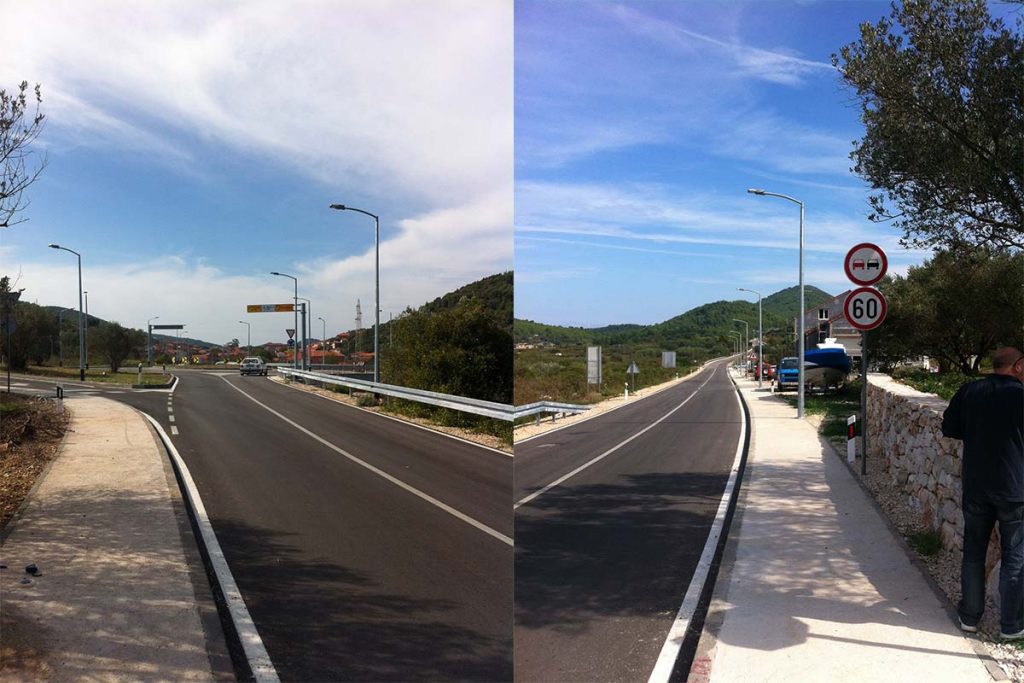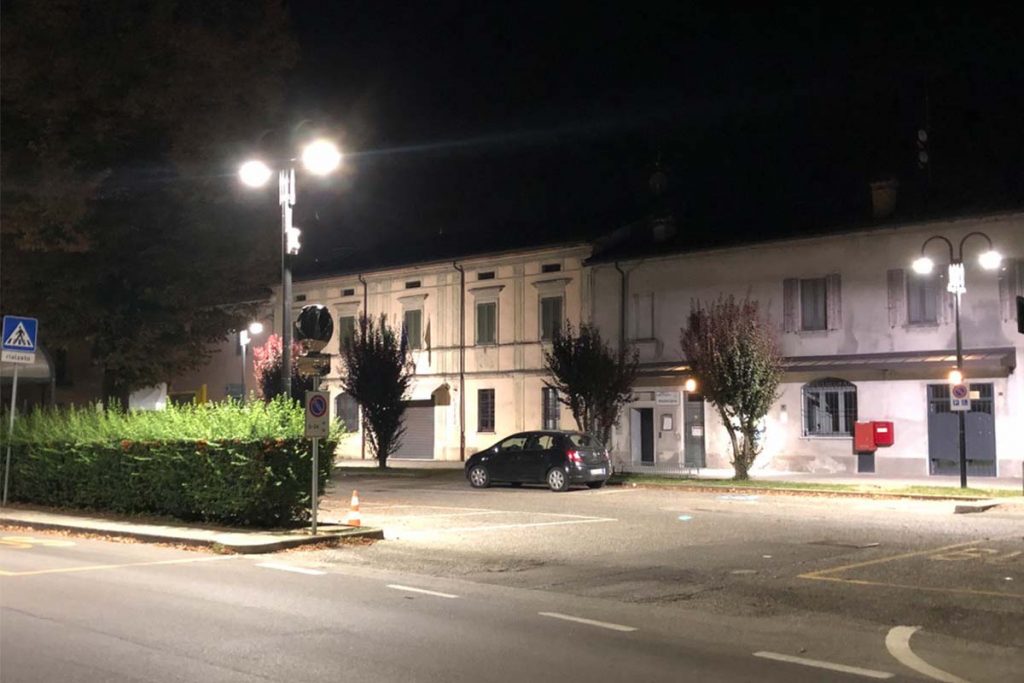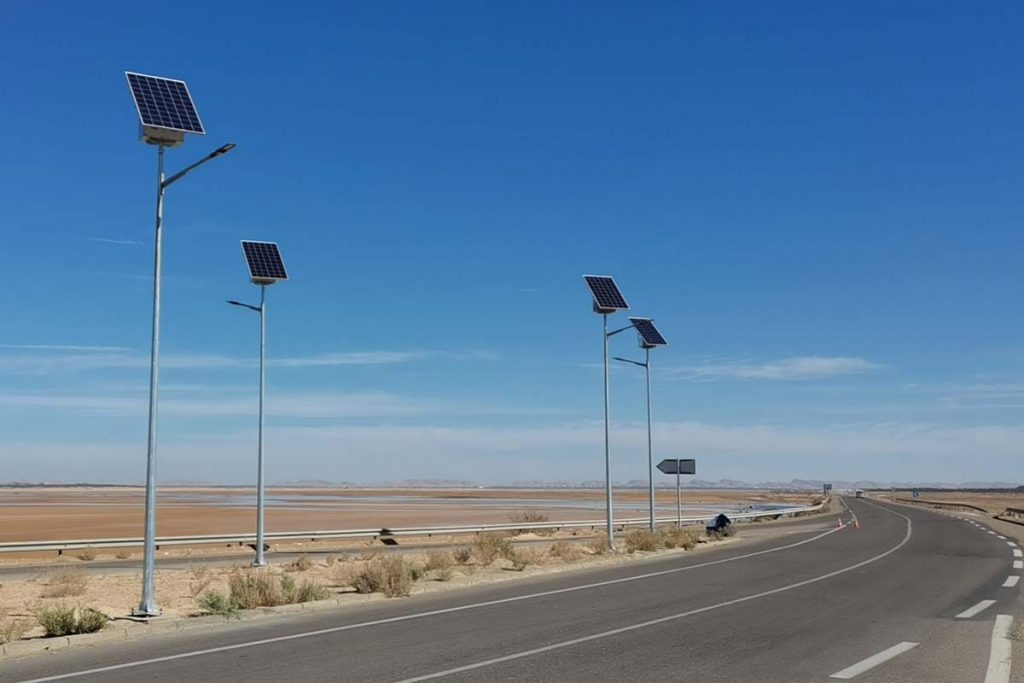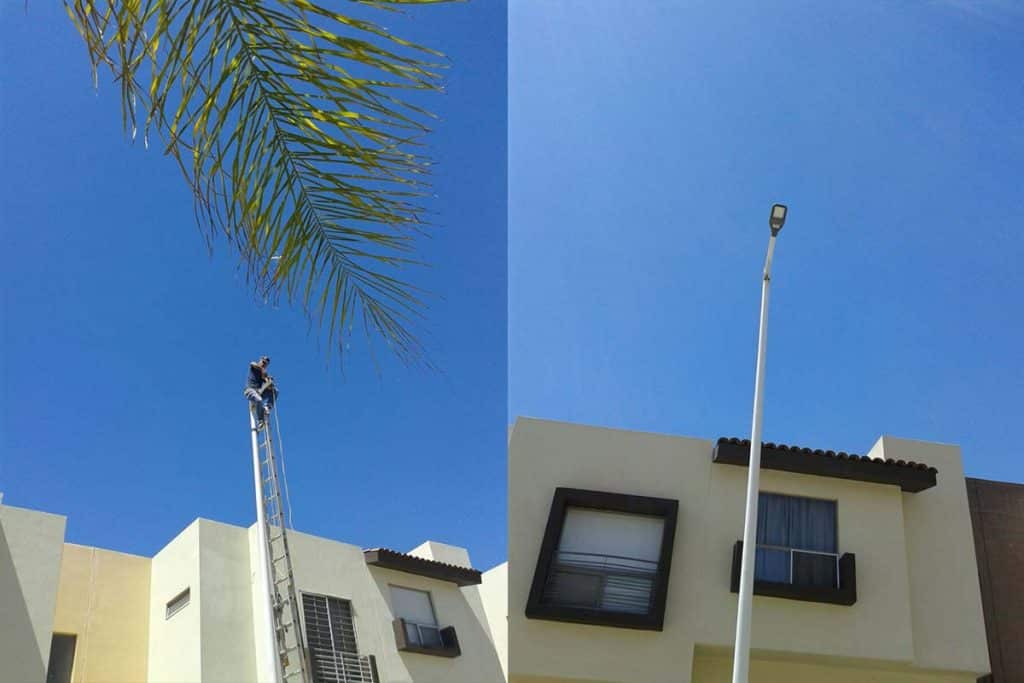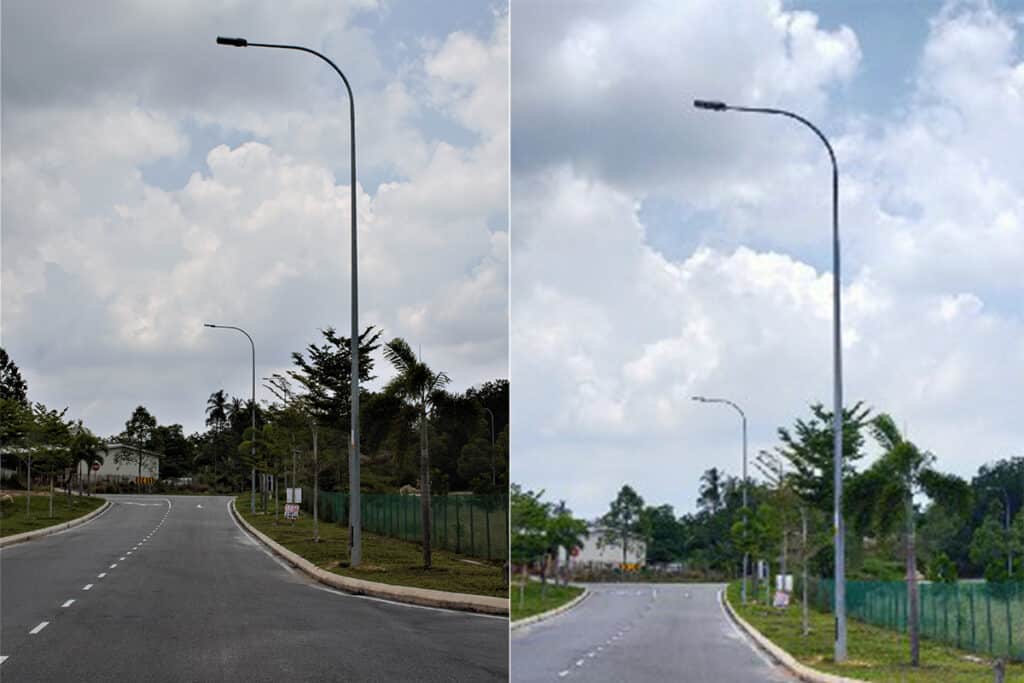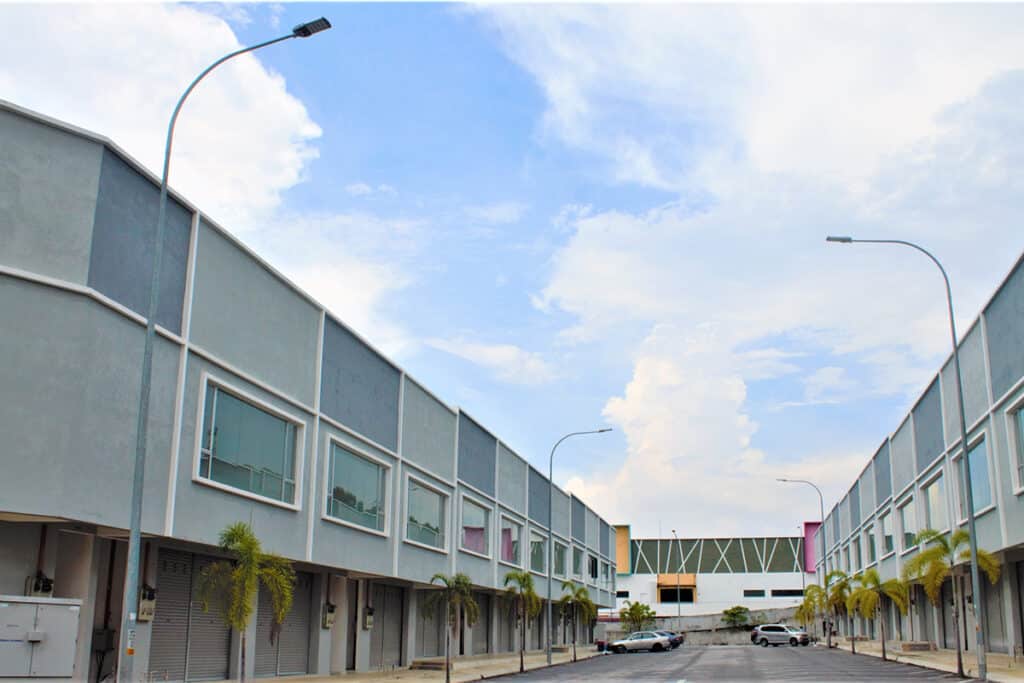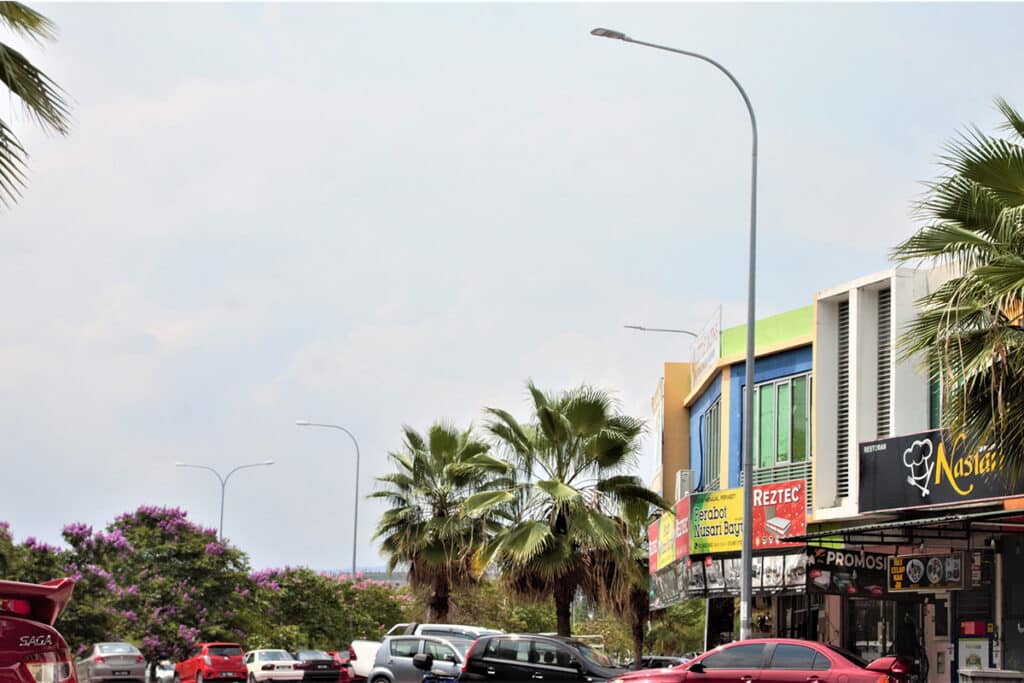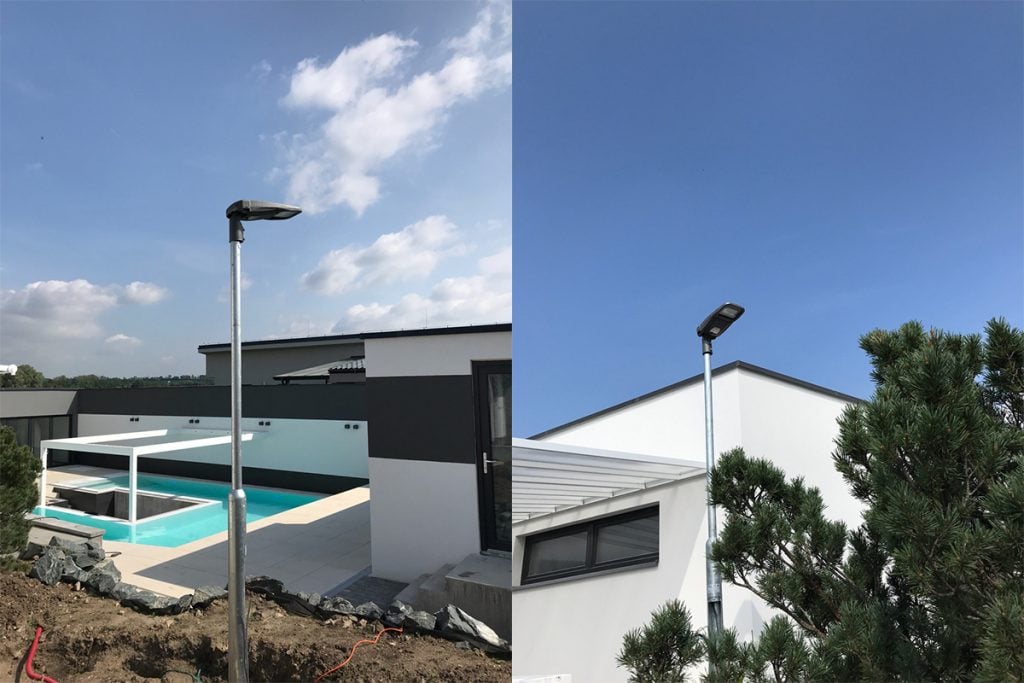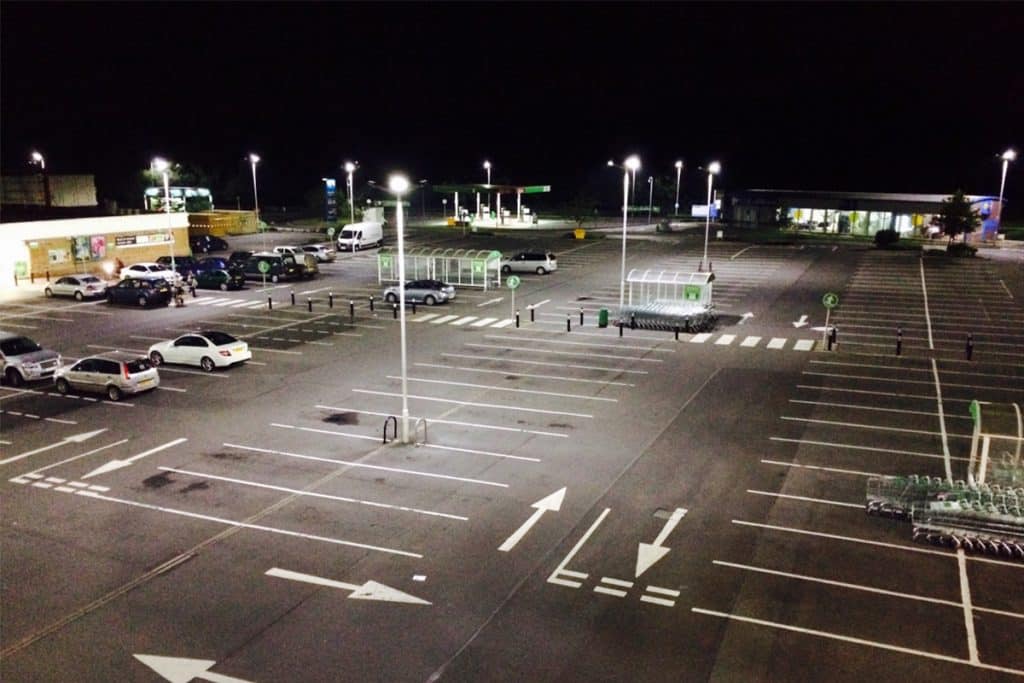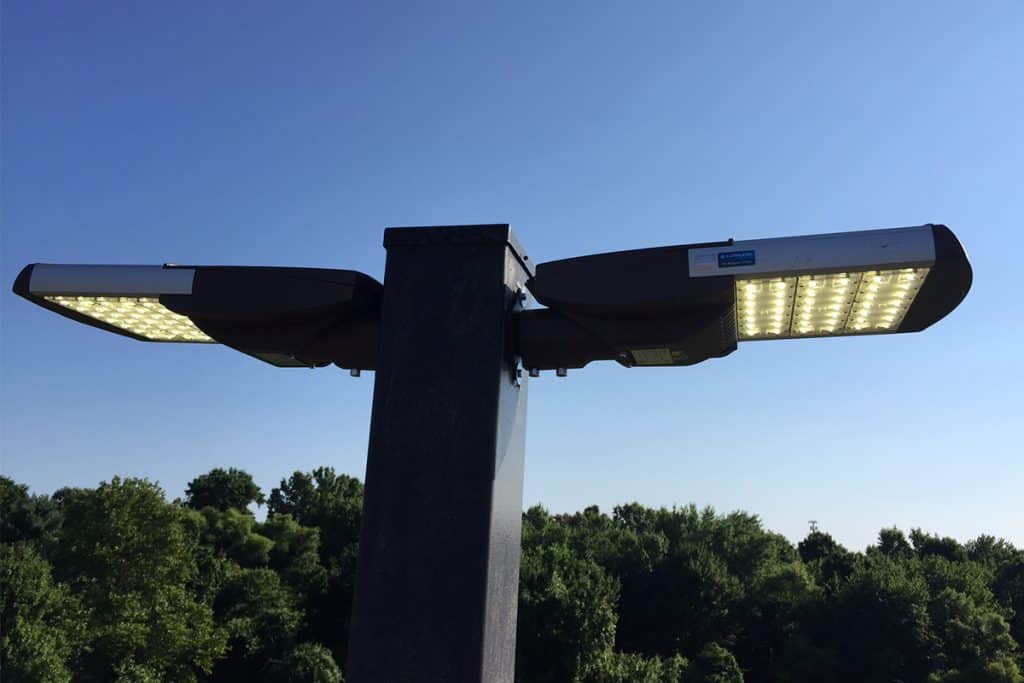IESNA lighting distribution types and their applications
IESNA lighting distribution types and their applications
Introduction
The lighting distribution of LED luminaires refers to the distribution, direction, and intensity of light rays emitted from the luminaire. It has a significant impact on lighting efficiency, energy efficiency, and visual comfort. Proper light distribution provides appropriate illuminance and uniformity, saves energy, reduces glare, enhances safety, minimizes light pollution, and creates a comfortable lighting environment. LED luminaire manufacturers should design suitable light distributions to ensure the advantages of the luminaires, while lighting engineers and designers should select appropriate light distribution patterns based on specific needs to achieve optimal lighting effects for LED luminaires.
The Illuminating Engineering Society of North America (IESNA) is an organization dedicated to research and standards development for various lighting equipment. IESNA has developed a classification system for lighting distribution types based on the distribution of light on a horizontal plane. These lighting distribution types are categorized by measuring the point at which half of the maximum luminous intensity is reached. IESNA light distribution types provide guidance for the design and installation of various outdoor lighting systems such as roadways, sidewalks, and parking lots.
Light distribution curve(polar or linear)
When a light source emits light, the direction of light propagation may not align with the intended direction. In such cases, specific structures(lens, reflectors) need to be designed to alter the direction of light propagation. This involves adjusting the spatial distribution of light to achieve the desired outcome. This method of controlling the direction of light propagation is known as luminaire photometric curve or light distribution.
The light intensity distribution curve of a luminaire, commonly referred to as a photometric or light distribution curve (LDC), illustrates the spatial distribution of luminous intensity from the luminaire. The light intensity distribution curve is derived directly from measurements taken using a photometer on the luminaire. Common formats for light intensity distribution curve files include IES (North America) and LDT (Europe). As buyers, we can also obtain these files by contacting luminaire manufacturers. There are two methods for representing photometric curves. For floodlights, the Cartesian coordinate system is generally used, while for indoor and road lighting, the polar coordinate system is employed.
Lighting distribution curve(Polar coordinate)
On a measurement plane that passes through the center of the light source, the luminous intensity values of the luminaire are measured at different angles. Starting from a certain direction, the luminous intensity for each angle is marked with a vector. Connecting the endpoints of these vectors results in the luminaire’s polar coordinate lighting distribution curve/photometric curve, as shown in the left image below.
Lighting distribution curve(Linear coordinate)
This type of distribution curve is used for devices like LED spotlights and floodlights. Since the light beams from these luminaires are concentrated within a very small solid angle, it’s challenging to express their spatial light intensity distribution using the polar coordinate system. Therefore, some manufacturers use the linear coordinate lighting distribution curve/photometric curve to represent their light distribution. The vertical axis represents light intensity (I), and the horizontal axis represents beam angle, as depicted in the right image below.
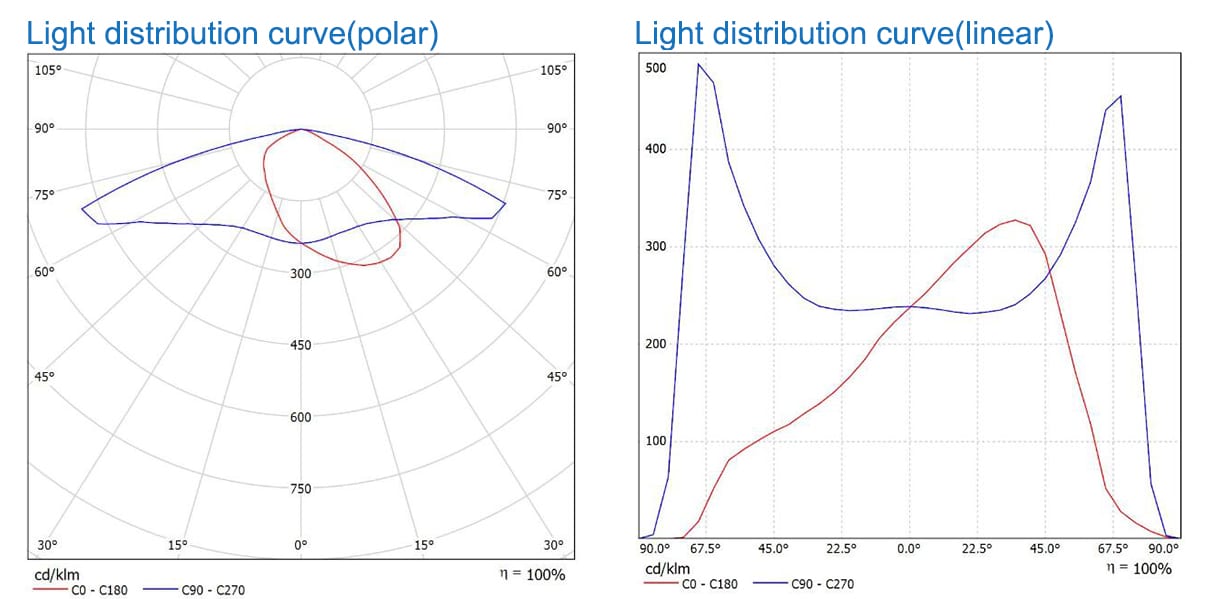
IESNA lighting distribution types classification
The Illuminating Engineering Society of North America (IESNA), since its establishment in 1906, has a history spanning over a century. Its introduced IESNA lighting distribution classification is still widely used today. The luminaire distribution classification system is clearly defined in the ANSI/IESNA RP-8-1983 standard. The North American Illuminating Engineering Society’s luminaire distribution types are standardized categories used to describe the light distribution patterns of lighting fixtures. These lighting distribution types help lighting professionals and designers understand how light emanates from luminaires and how it propagates within a given area. IES defines several standard distribution types represented by two-letter codes. Common IES luminaire distribution types include Type I, Type II, Type III, Type IV, and Type V, followed by Roman numerals (I-V). In which, the S, M, or L. And S stands for short, M stands for medium, and L stands for long. The specific categorization of various spectra will be elaborated in the following sections, primarily determined by the points where 50% and maximum luminous intensity fall in IES files.
Currently, there are numerous standardized formats for photometric files, among which popular ones include EULUMDAT, CIE102, and IESNA LM-63. IESNA LM-63 is used in North America, while EULUMDAT is employed in Europe, and CIE102 is utilized in New Zealand. The 2002 standard, now in use, has received approval and recognition from the American National Standards Institute (ANSI). IESNA LM-63-2002 has become the exclusive photometric file format in North America, denoted by the file extension “*.ies”.
What’s Type I, II, III, IV, V lateral light distribution?
IESNA light distribution types define the light distribution of luminaires more precisely based on the shape of the illuminated area. For lateral light distribution, this pattern defines how light is dispersed from the fixture and is characterized by the point at which the luminaire’s luminous intensity reaches 50%. This distribution pattern pertains to a luminaire’s ability to project light forward and backward. In simple terms, if you want to illuminate a single lane, Type I may be suitable. If you intend to illuminate two lanes, Type II might be appropriate. However, this is not a definitive rule and is also influenced by factors such as luminaire mounting height, tilt angle, arm length, and distance of the luminaire from the road shoulder. IESNA has identified five major light distribution patterns: Type I, Type II, Type III, Type IV, and Type V. Typically, such classifications are used to determine which spectrum is suitable for roads of different widths.
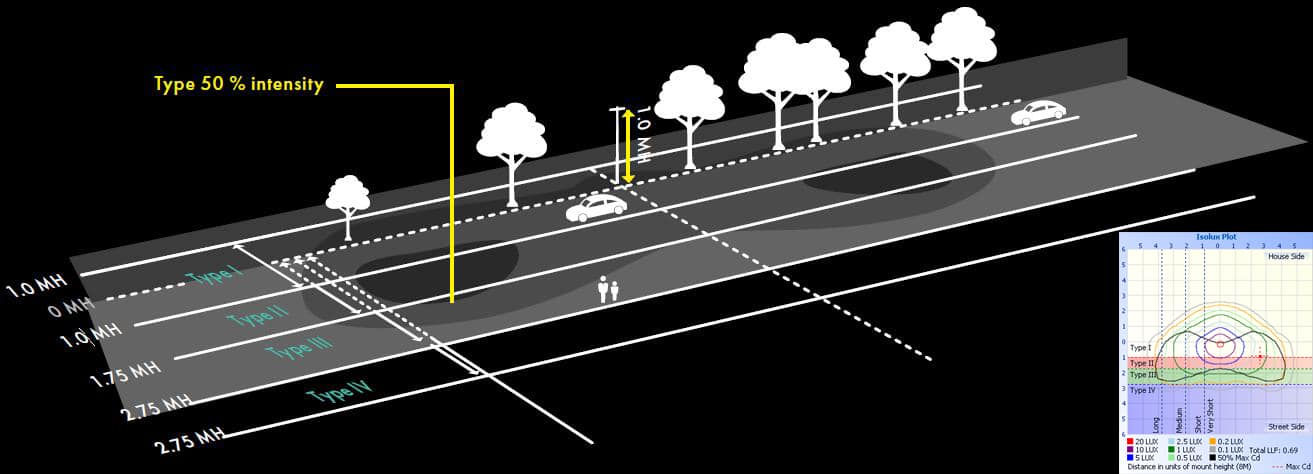
In the standards published by IESNA, roads are divided into five areas along the longitudinal roadway lines, as shown in the diagram above. Lateral light distribution is classified based on the area in which the 50% maximum candela point falls. For the aforementioned luminaire’s light distribution curve, if the 50% luminous intensity point falls within the Type III area, then its corresponding light distribution type is categorized as Type III. From the image, we can generally deduce that such a distribution is suitable for a 3-lane road. Different lateral light distributions are suitable for various application scenarios, as outlined below.
- Type I, -1-1 MH, when 50% candela trace falls between 1 MH on the house side and 1 MH on the street side of the luminaire position, we call it Type I narrow symmetric or asymmetric lighting distribution. Walkways, pathway, road with one lane.
- Type II, 1-1.75MH, when 50% candela trace falls between 1 MH and 1.75MH on the street side of the luminaire position, we call it Type II narrow asymmetric lighting distribution. Roadways with 1-2 lanes, main road, expressway.
- Type III, 1.75-2.75MH, when 50% candela trace falls between 1.75 MH and 2.75MH on the street side of the luminaire position, we call it Type III wide asymmetric lighting distribution. Main road, highway ( Please review case studies of Highway street lights. ), parking lot.
- Type IV, 2.75-3.75 MH, when 50% candela trace falls between 2.75 MH and 3.75MH on the street side of the luminaire position, we call it Type IV wide asymmetric forward throw lighting distribution. Parking lot, square, wall mounted area lighting.
- Type V, a symmetrical circular pattern, has a circular symmetrical distribution around the position of the lamp. It provides equal front and rear lighting distribution. It is ideal for parking and area lighting. Parking lot and area lighting.
Features of lateral light distribution in project applications
ZGSM utilized Dialux evo to analyze different spectra (T2M53007 and T3M53009) of the Rifle series streetlights. The road conditions were as follows: road width of 10.5 meters, 3 lanes, 1-meter cantilever arm, pole height of 8 meters, luminaire spacing of 30 meters, and compliance with EN13201, M4a lighting class. Based on experience, ZGSM-ST17-60S was tentatively judged suitable (in terms of wattage). T2M53007 and T3M53009 were imported into Dialux evo for analysis. The results were quite distinct: T2M53007 exhibited a lateral light distribution of Type II, which failed to adequately direct light away from the luminaires to the lanes, leading to inadequate uniformity. Conversely, T3M53009 demonstrated superior performance in this aspect, meeting all criteria required by the M4a lighting class.
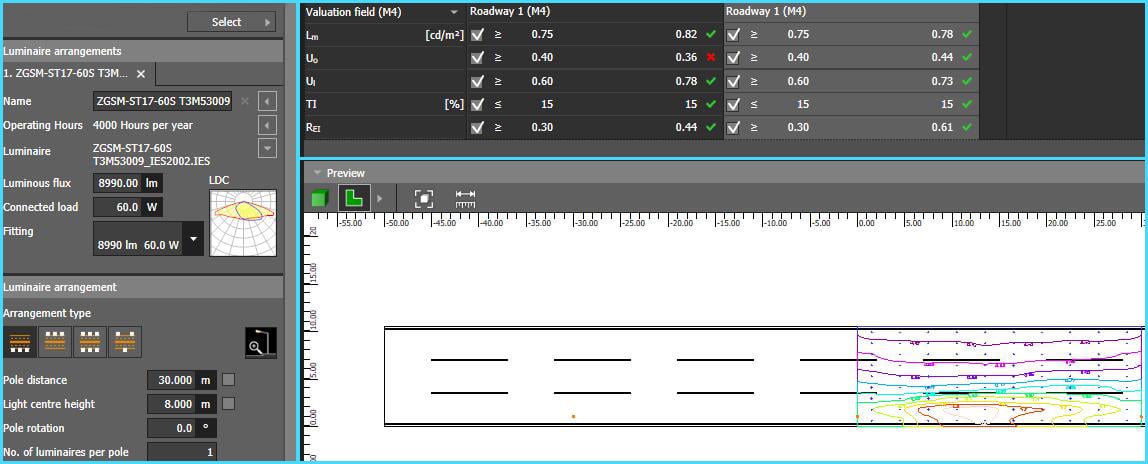
What’s short, median and long vertical light distribution?
Longitudinal light distribution refers to the vertical light distribution of luminaires and is based on the position indicated in the grid by the maximum intensity (in candelas) in the direction parallel to the TRL. The road is divided into different zones along lines parallel to the TRL, based on their distance from the TRL (expressed as multiples of the mounting height, MH). Longitudinal light distribution involves the luminaire’s ability to project light towards the left and right sides, defined by the point of maximum intensity of the luminaire. According to IESNA’s definition, the “Short” category is suitable for pole spacing less than 2.25 times the mounting height, “Medium” is suitable for pole spacing between 2.25 and 3.75 times the mounting height, and “Long” is suitable for pole spacing between 3.75 and 6.0 times the mounting height. However, this is not an absolute rule and is also influenced by factors such as luminaire arrangement and road conditions. Generally, luminaires with a “S” classification are suited for smaller pole spacing, while luminaires with an “L” classification are suited for larger pole spacing.
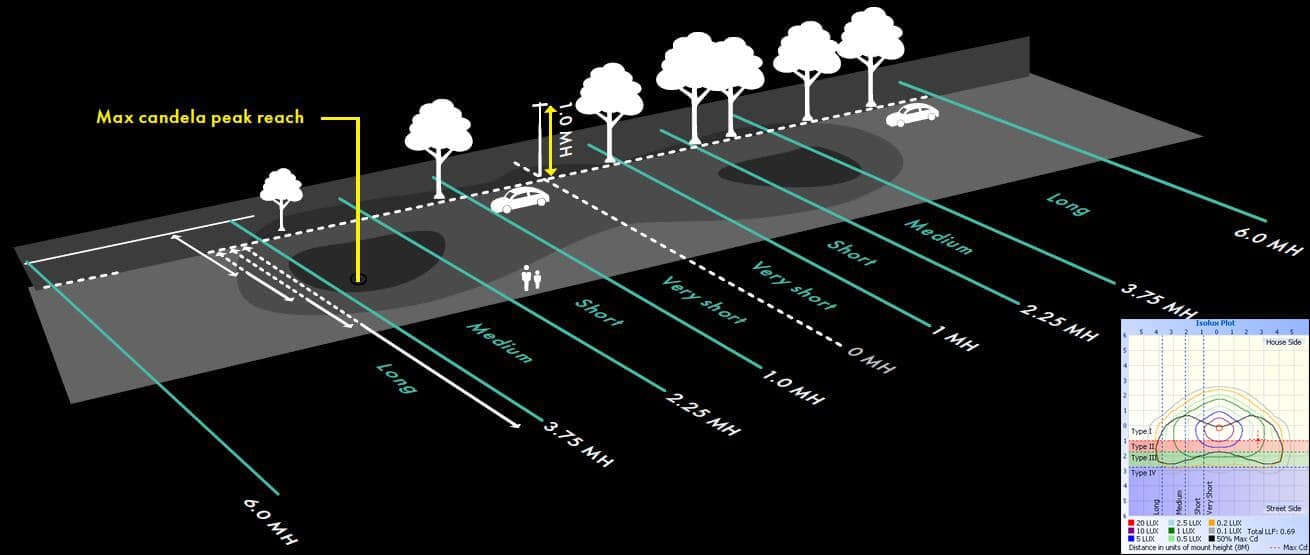
In the standards published by IESNA, roads are divided into three areas along the transverse roadway lines, as shown in the diagram above. Vertical light distribution is classified based on the area in which the 100% maximum candela point falls. For the luminaire’s light distribution curve in the image, if the point of maximum luminous intensity of street light falls within the “medium” area, then its corresponding lighting distribution type is categorized as “Type II Medium.” From the image, we can deduce that luminaires with such a light distribution pattern would have an approximate pole spacing of 3.0-3.5 times the pole height. Different vertical light distributions are suitable for varying pole spacing scenarios, as outlined below.
- VS, 0-1.0 MH, when 100% candela trace falls in very short area which is between 0 to 1.0 MH transverse roadway lines. And we call it VS(very short) longitudinal(vertical) light distribution.
- S, 1.0-2.25 MH, when 100% candela trace falls in very short area which is between 1.0 to 2.25 MH transverse roadway lines. And we call it S(short) longitudinal(vertical) light distribution.
- M, 2.25-3.75MH, when 100% candela trace falls in very short area which is between 2.25 to 3.75 MH transverse roadway lines. And we call it M(medium) longitudinal(vertical) light distribution.
- L, 3.75-6.0MH, when 100% candela trace falls in very short area which is between 3.75 to 6.0 MH transverse roadway lines. And we call it L(long) longitudinal(vertical) light distribution.
- VL, >6.0 MH, when 100% candela trace falls in very short area which is over 6.0 MH transverse roadway lines. And we call it VL(very long) longitudinal(vertical) light distribution.
Features of vertical light distribution in project applications
ZGSM conducted an analysis of the Rifle series street lights with different spectra (T2S53001 and T2M53007) using Dialux evo. The road conditions are as follows: 7 meters wide, 3 lanes, 0.8-meter outreach arm, 8-meter pole height, and 36-meter luminaire spacing, following the EN13201 M4a lighting class. Based on our experience, the ZGSM-ST17-40S is suitable. Both T2S53001 and T2M53007 were imported into Dialux evo for analysis, and the results were quite evident. For T2S53001, the vertical light distribution was found to be short. This means that it does not distribute light effectively to the sides of the luminaire. To address this, the spacing between two luminaires had to be reduced to 33 meters, ensuring that the middle position between the two luminaires receives adequate illumination. This adjustment was necessary to meet the required uniformity. In contrast, T2M53007 performed more excellently in this aspect. The luminaire spacing was 36 meters, and all simulated parameters met the requirements of the M4a standard. The spacing of 36 meters is 4.5 times the installation height, slightly more than the IESNA recommended 3.75 times. Therefore, we recommend relying on the illumination simulation results as the final decision.
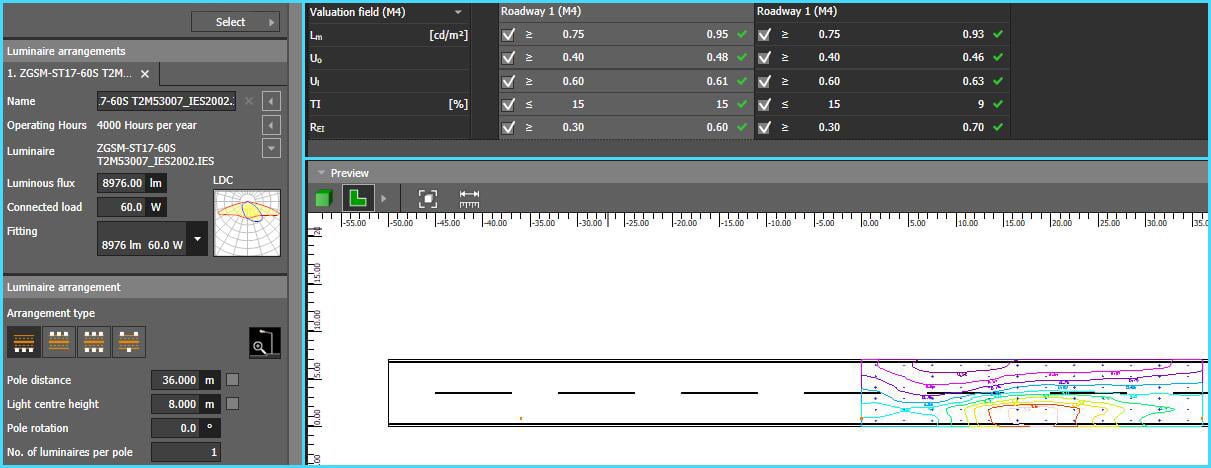
ZGSM LED light with various light distribution types
ZGSM is a specialized manufacturer of LED lights. ZGSM’s LED lights offer a diverse range of spectra for customers to choose from. For street lights, we provide spectra options such as Type I, Type II, and Type III (short, medium, and long). For floodlights and stadium lights, we offer both symmetric and asymmetric spectra to cater to different project needs. Of course, there are some spectra that we currently do not have, such as the Type IV light distribution type, but we can provide customized solutions. Just let us know your wattage, LED chip preferences, and model choices, and we will offer corresponding solutions. Below, we have listed our LED products. If you’re interested, you can check out the corresponding products.
Summary
This article primarily introduces the concept of IESNA light distribution, covering aspects such as Type I, Type II, and Type III distributions, as well as the concepts of Short, Medium, and Long lighting distribution types. Additionally, we provide a brief overview of their practical applications. Understanding these concepts can aid in swiftly determining suitable lighting distribution for your projects. For instance, Type II distribution is suitable for roads with 1-2 lanes, while the Short lighting distribution type is appropriate for scenarios where the distance between lamp posts is three times the installation height. The Medium lighting distribution type is well-suited for situations where the distance is four to five times the installation height. However, these guidelines are not absolute and must ultimately be validated through tools like Dialux. We believe that by learning these concepts and considering factors such as luminaire wattage, lighting requirement, pole height, and road conditions, you can make optimal selections for the lighting distribution type in your project more efficiently. Feel free to contact us to acquire further related knowledge.
Related Products
Related Blogs
Related Cases
People also ask
Author introduction

Hello Customers,
My name is Taylor Gong, I’m the product manager of ZGSM Tech. I have been in the LED lights industry for more than 13 years. Good at lighting design, street light system configuration, and bidding technology support. Feel free to contact us. I’m happy to provide you with the best service and products.
Email: [email protected] | WhatsApp: +8615068758483

